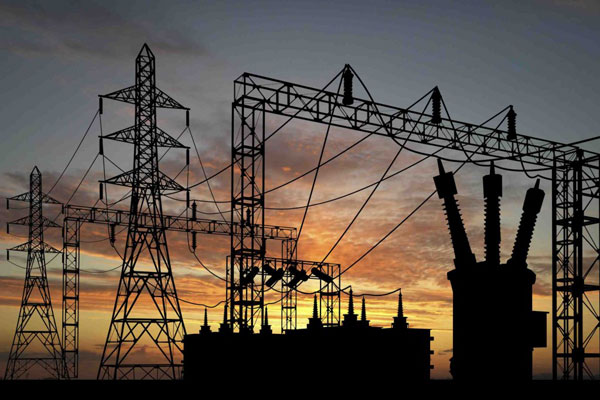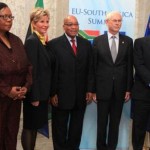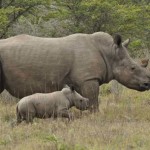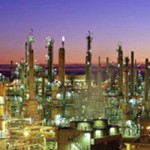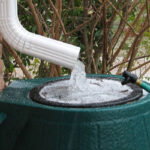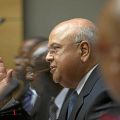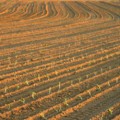The Department of Energy (DoE) on Thursday gave an update on programmes and projects presented in its 2013/14 budget vote speech.
Energy Minister Ben Martins said that adequate supply remains a key concern for electricity and liquid fuels.
He added that while the country was endowed with coal, and will continue to use it, the objective is to move to a situation where coal contributes much less to the country’s primary energy needs.
Among progress that the department is making is the updating of the country’s plan for electricity – the Integrated Resource Plan (IRP2010). The plan is a 20-year projection on electricity supply and demand – about 42% of electricity generated in South Africa is required to come from renewable resources.
It places specific emphasis on broadening electricity supply technologies to include gas, imports, nuclear, biomass, renewables (wind, solar and hydro), in response to both the country’s future electricity needs as well as reduce its CO2 emissions.
The department is also currently engaging stakeholders on the Integrated Energy Plan (IEP). Integrated energy planning is undertaken to determine the best way to meet current and future energy service needs in the most efficient and socially beneficial manner, while serving imperatives such as job creation and poverty alleviation; and maintaining control over economic costs among others.
Certain parts of the IRP have been implemented by the department such as the introduction of the Independent Power Producers (IPPs) of which to date 2600 MW in terms of bids in the Renewable Energy Independent Power Producers Programme (REIPPP) have been concluded.
The department which presented its budget vote in May earlier this year also aims to conclude Window 3 of REIPPP in the current financial year. It will also focus on small scale (less than 5MW) distributed generation programme which bodes well for rural development.
Legislation, policy formulation
The department has also introduced draft legislation in relation to the electricity space, including the electricity regulation bill among others.
“We have also looked at policy formulation in other spaces in order to improve regulatory certainty in other parts other than electricity. For example in the biofuels space we promulgated regulations on the terms of blending biofuels into liquid fuels,” Deputy Director General (DDG) responsible for policy at the department, Ompie Aphane said.
Multi-product pipeline operational
The construction of the new multi-product pipeline, which was funded under DoE through Transnet, was also now operational, noted the department. The new 555km pipeline which has a 70-year design life runs from Durban to Gauteng. It can transport jet fuel, 93-grade and 95-grade unleaded petrol, low-sulphur diesel and ultra-low-sulphur diesel.
For the current financial year, ending March 2014 the department intends to develop a research agenda in relation to the expansion of gas infrastructure in the country.
“We are also looking at finalising the liquid fuels infrastructure roadmap in order to improve energy security in that space,” explained Aphane.
A challenge faced by the department is the compiling of energy data on specific sectors. “We plan to improve our ability to compile energy statistics.”
Martins said that the price and supply of paraffin, liquefied petroleum gas and alternative households fuels are far from optimal even though paraffin and liquefied petroleum gas prices are regulated.
“Too many households rely on costly inferior fuels that also pose health risks,” he said.
Solar water heating programme
Aphane further said that although there has been some teething problems with the department’s solar water heating programme, this was being resolved. The issues were around local content of the solar geysers as well the quality of the workmanship.
“What we have done is to introduce a new contracting model … to bring the programme back on track,” he said. In 2009 the department stated that it would ensure that one million solar geysers are installed in households and commercial buildings over a five year period.
Access to electricity improves
In the early 90s two out of three South Africans did not have electricity; this has now changed to nearly 88% of the population having access to electricity.
DDG for projects Dr Wolsey Barnard said that although good progress has been made in terms of electrification, there were still over 10% of households that still need to be electrified.
“Recently Cabinet approved the new household electrification strategy which will help us to make sure that we supply electricity to all households. New installations will be by means of renewables, for this year two-hundred and twenty thousand grid connections are planned and two hundred and fifteen thousand non grid connections are planned.
“In context (last year) for each working day it means that for each 70 seconds a new connection was achieved last year and this year we are improving it to 60 seconds,” said Barnard. – SAnews.gov.za
